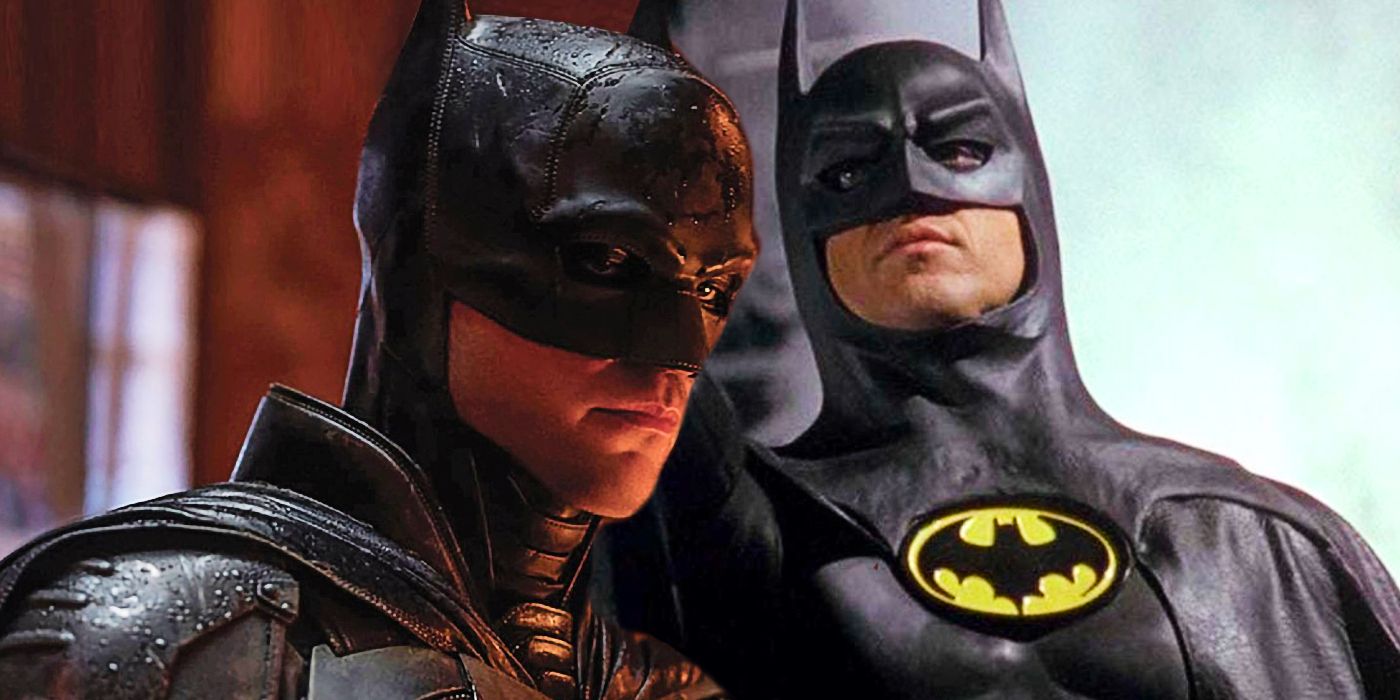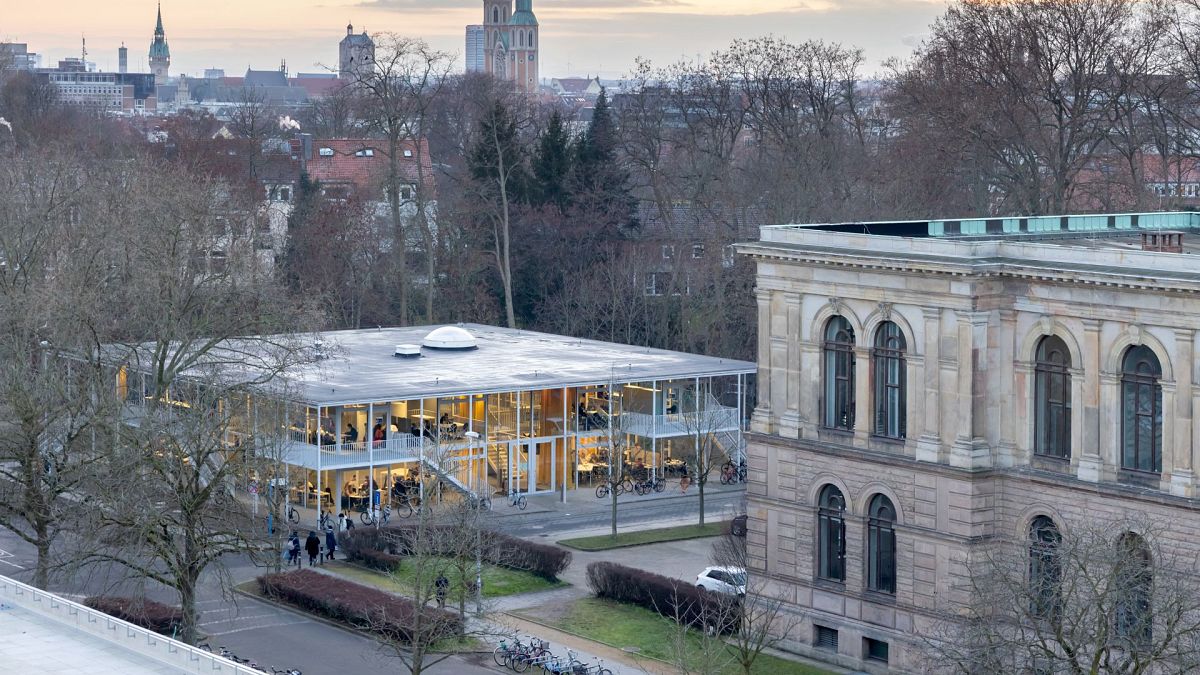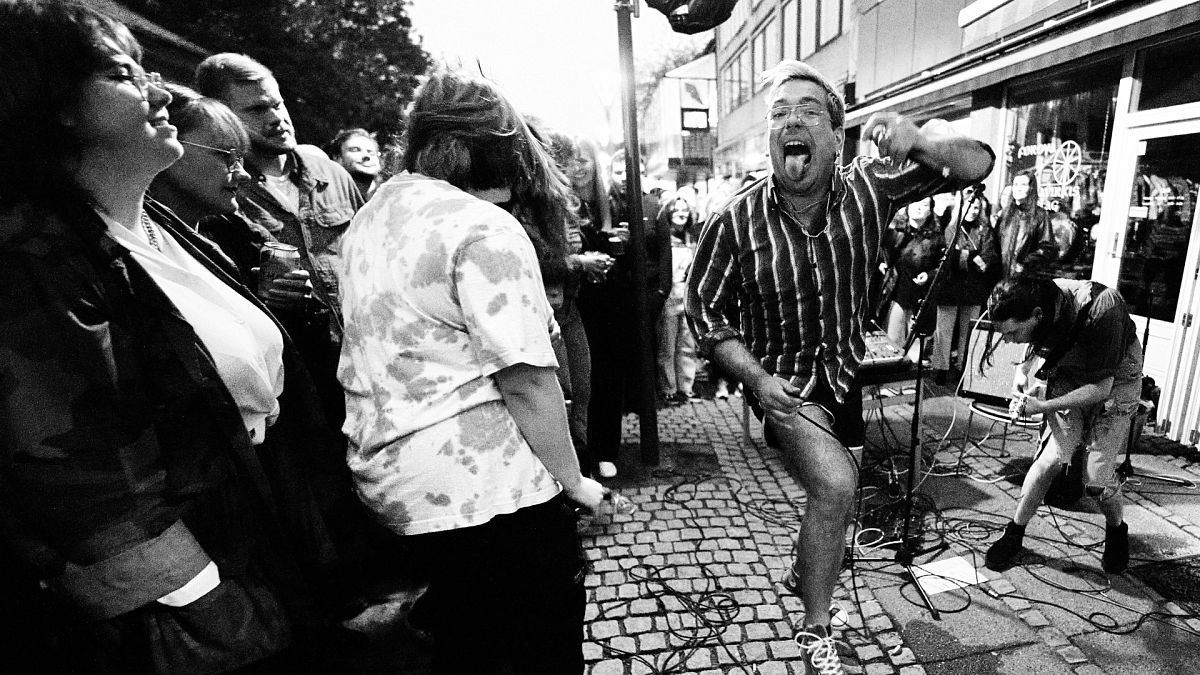
The Batman Turned A Big Costume Problem Of Previous Movies Into A Strength
Robert Pattinson’s costume in The Batman lacks a flaw found in other cinematic Batman suits, but it nevertheless gives the Caped Crusader’s famous body language new meaning. When Batman had his first major cinematic outing in Tim Burton’s classic 1989 film Batman, an issue with the Batman costume restricted Michael Keaton’s movement, forcing him to create a new style of movement for his character when in-costume. Pattinson’s Batman has no such issue, but one of his many high-tech gadgets gives him a good reason to retain Keaton’s style of movement.
Michael Keaton’s Batman cowl didn’t allow him to turn his head, so he cleverly worked this into his Batman performance, crafting a not-quite-human style of walking and turning. This, combined with his long stares, created wonderfully creepy performances as Batman. Christian Bale’s Batman similarly couldn’t turn his head when wearing his original suit, but The Dark Knight introduced a second outfit that allowed him to turn his head, making fight scenes easier in-universe and behind-the-scenes.
Similar to Bale’s second Batman outfit, Ben Affleck and Robert Pattinson each wore suits that allowed them to turn their heads, though The Batman’s iteration of the Dark Knight still has similar body language to Keaton’s iteration. The Batman introduces a clever new device for Bruce Wayne, a set of contact lenses that record everything he sees. While The Batman’s costume allows Wayne to turn his head freely, he retains rigid body language for the sake of higher-quality recordings for later analysis.
Why The Batman’s Contact Lenses Are The Best Batsuit Addition

Batman’s contact lenses were a brilliant new addition to the Dark Knight’s high-tech arsenal of gadgets. While Batman has the well-earned title of “World’s Greatest Detective,” his lenses record everything he sees in a crime scene, allowing him to double-check environments, people, and objects in the Batcave. Batman’s lenses proved invaluable to him in his investigations of The Riddler’s gruesome murders as well as his and Catwoman’s infiltrations of the Iceberg Lounge.
Batman would often stand still and silently, watching people and objects closely, barely moving his head or eyes. This allowed him to have the best possible recordings when reviewing his findings later, plus it had the bonus of maintaining Batman’s intimidating presence. If Batman constantly moved his head and eyes, it’d have detrimental effects on both his recordings and demeanor.
The Batman’s approach to adapting the Dark Knight’s comic book mythos is grounded in realism, providing plausible iterations of Batman’s iconic gadgetry and behaviors. Batman’s famous body language, which began with Tim Burton’s first film, made it into the film as well, albeit with a more practical purpose. Bruce Wayne’s Batman outfit lacks the flaws of previous suits in The Batman, yet he retains an iconic effect of older cowls, turning it into a strength.










































































